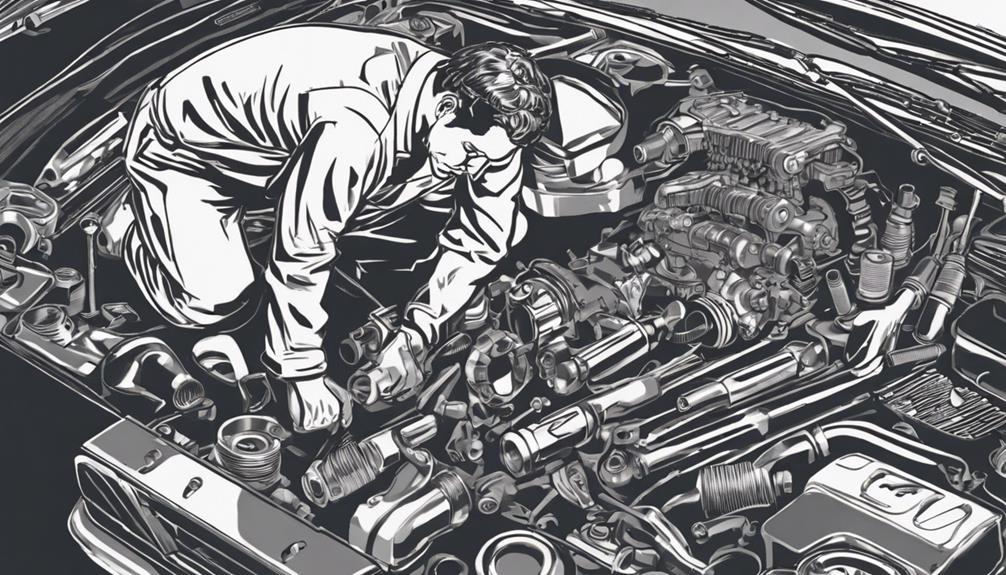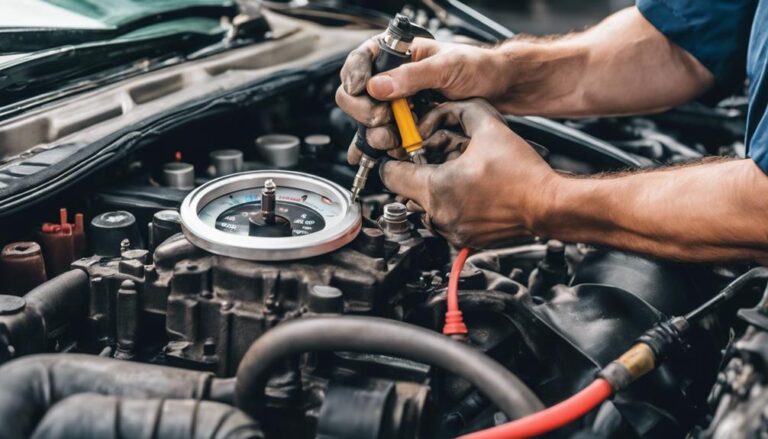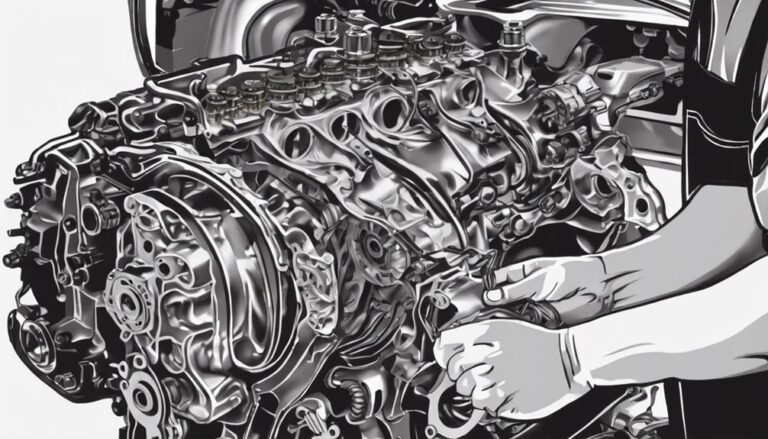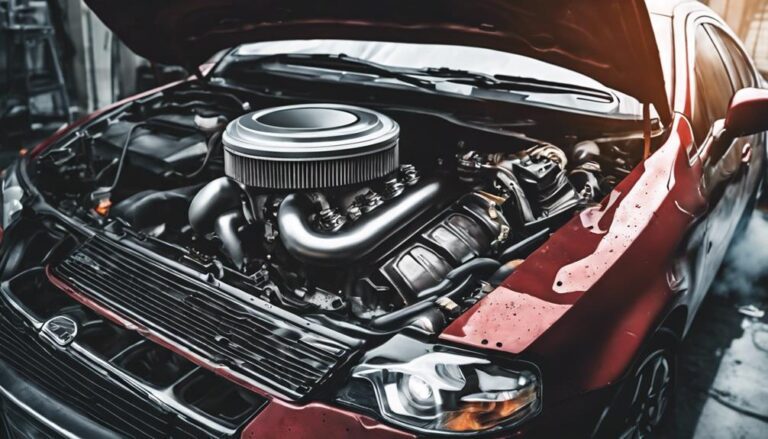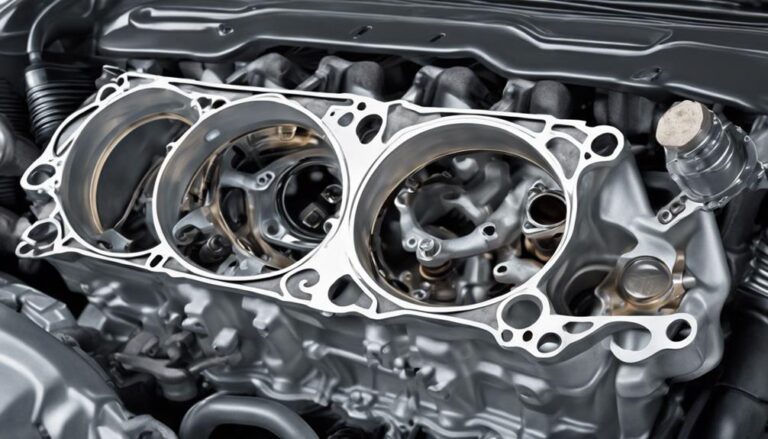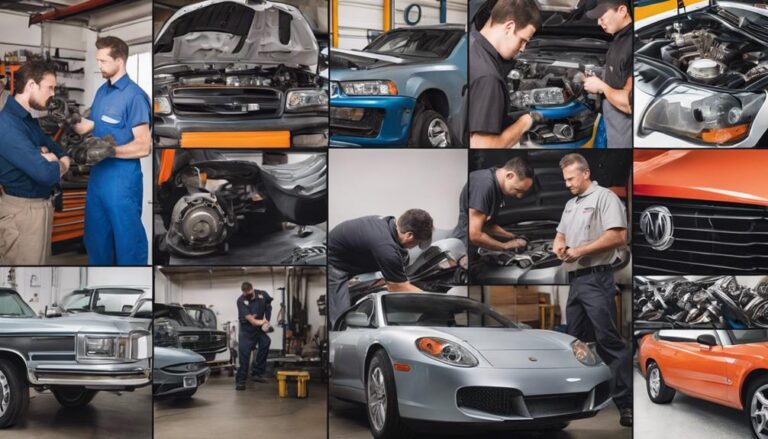Ensuring Longevity: Head Gasket Repair Tips
Are you tired of facing recurring head gasket issues in your vehicle? Ensuring the longevity of your head gasket repair involves more than just fixing the immediate problem.
Understanding the key factors that contribute to the durability of the repair can save you time, money, and frustration in the long run.
From the quality of replacement parts to the significance of professional installation, each aspect plays an essential role in the overall effectiveness of the repair.
Key Takeaways
- Proper installation techniques and quality parts enhance head gasket repair longevity.
- Professional installation ensures correct assembly and prevents costly issues like leaks.
- Regular post-repair maintenance is crucial for monitoring engine health and performance.
- Promptly address signs of head gasket failure to prevent further damage and ensure engine integrity.
Factors Affecting Repair Longevity
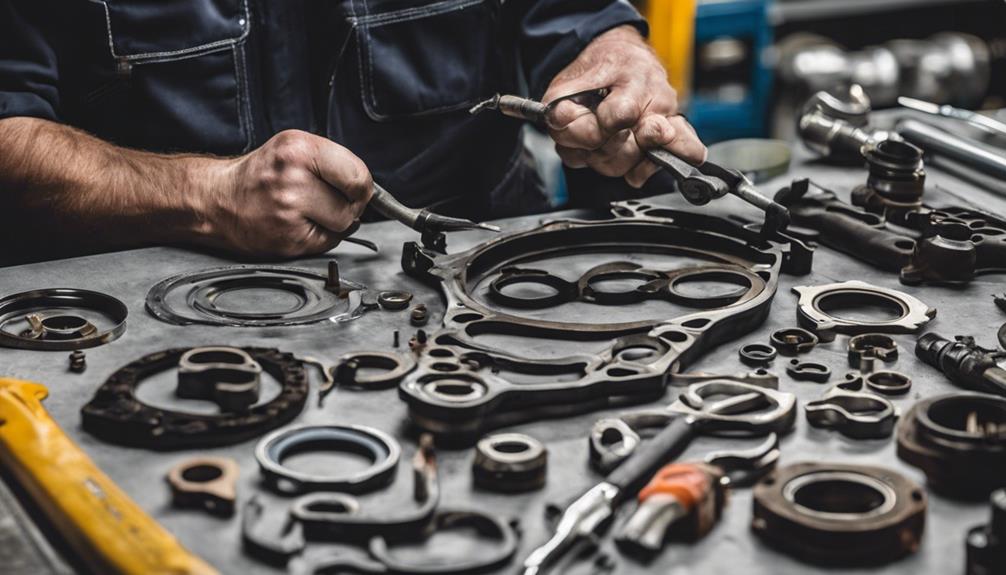
When considering factors that influence the longevity of head gasket repairs, proper installation techniques are essential. Repair techniques play a vital role in determining how well the head gasket will perform over time. Ensuring that the head gasket is installed correctly, with the right torque specifications and sequence, is paramount to prevent future leaks and failures. Improper installation can lead to uneven pressure distribution, which may cause the gasket to fail prematurely.
Additionally, the impact of repair techniques on engine performance can't be overstated. A well-executed head gasket repair can restore the engine's compression, prevent coolant and oil leaks, and maintain excellent combustion efficiency. On the other hand, a poorly done repair job can result in decreased engine power, overheating, and ultimately, catastrophic engine damage.
As a result, paying attention to the intricacies of proper repair techniques is fundamental in ensuring the longevity of head gasket repairs and preserving overall engine performance. By following recommended procedures and using quality materials, you can contribute to the reliability and durability of your vehicle's engine.
Quality of Replacement Parts
To guarantee the longevity and peak performance of head gasket repairs, the quality of replacement parts is of utmost importance. When selecting replacement parts, consider the following factors to ensure peak results:
- Part durability: Opt for replacement parts made from high-quality materials that are designed to withstand the extreme conditions within the engine. Durable parts will provide long-lasting reliability and reduce the risk of premature failure.
- Material compatibility: Ensure that the replacement parts are compatible with the specific make and model of your vehicle. Using parts that are designed to work seamlessly with your engine will help maintain peak performance and prevent potential issues down the road.
- Precision engineering: Choose replacement parts that have been precision-engineered to meet or exceed OEM specifications. Parts that are manufactured with precision will ensure a proper fit and function, contributing to the overall effectiveness of the repair.
- Quality assurance: Look for replacement parts from reputable manufacturers that prioritize quality control and assurance. Parts that undergo rigorous testing and quality checks are more likely to deliver consistent performance and reliability, enhancing the longevity of your head gasket repair.
Professional Installation Importance
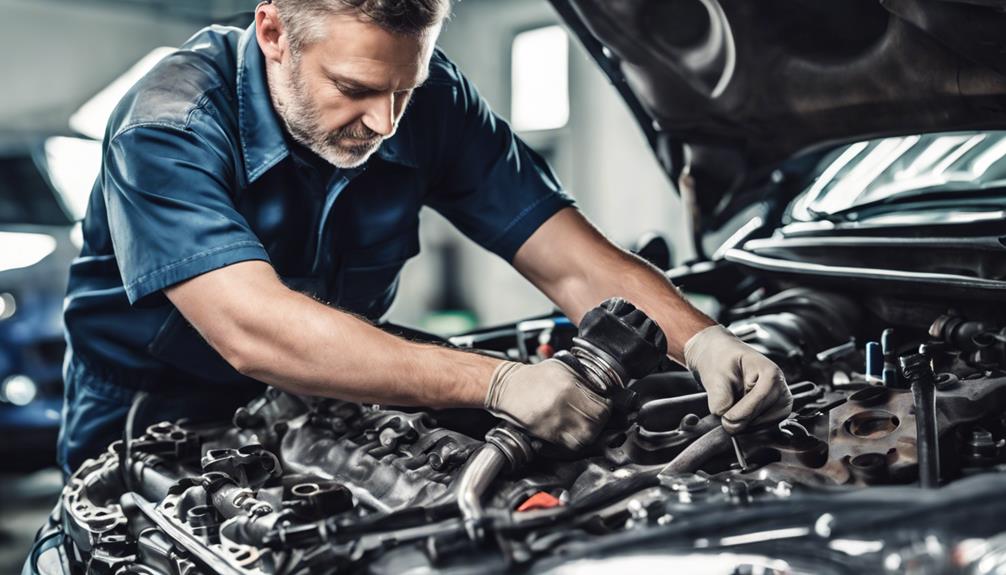
Professional installation of head gaskets is important for ensuring the correct assembly and best performance of your vehicle's engine. The expertise and proper training of a professional mechanic are critical in guaranteeing that the head gasket is installed correctly, preventing issues like leaks or overheating. A trained professional understands the intricacies of the installation process, making sure that all components are properly aligned and torqued to the manufacturer's specifications. This level of precision is essential for maintaining the integrity of the engine and preventing costly repairs in the future.
To highlight the significance of professional installation, consider the following comparison table:
| Aspect | DIY Installation | Professional Installation |
|---|---|---|
| Expertise | Limited understanding | Extensive knowledge and experience |
| Proper Alignment | May be misaligned | Ensures precise alignment |
| Manufacturer's Specs | Might not be followed | Adheres strictly to specifications |
Entrusting the installation to a professional ensures that the job is done right the first time, giving you peace of mind and confidence in your vehicle's performance.
Maintenance Practices Post-Repair
After completing the head gasket repair, implement meticulous maintenance practices to guarantee peak performance and longevity of your vehicle's engine. To make sure your engine remains in top condition, follow these essential preventive measures and maintenance routines:
- Coolant System Checks: Regularly inspect the coolant levels and quality. Low coolant levels or contaminated coolant can lead to overheating and potential head gasket issues.
- Oil Quality Monitoring: Keep a close eye on the oil quality and levels. Clean oil is important for proper engine lubrication and cooling.
- Compression Tests: Schedule periodic compression tests to assess the health of your engine post head gasket repair. Any abnormalities could indicate underlying problems.
- Performance Checks: Conduct regular performance checks, such as monitoring engine temperature, exhaust color, and unusual noises. Any deviations from normal operation should be addressed promptly to avoid further damage.
Signs of Head Gasket Failure
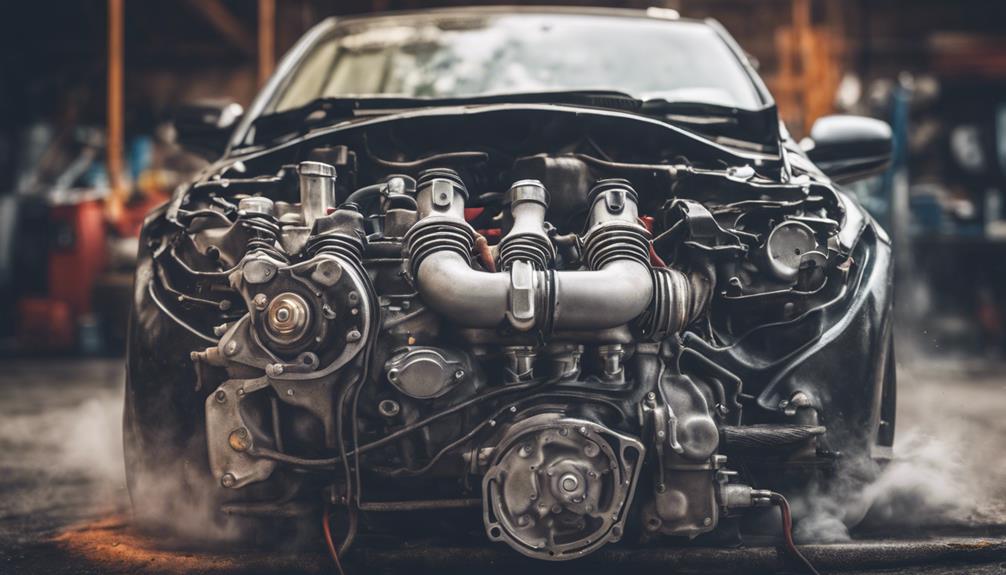
If your vehicle is exhibiting any of these warning signs, it may indicate a potential head gasket failure. One common symptom is engine overheating. When a head gasket fails, it can allow coolant to leak into the combustion chamber or mix with engine oil, leading to inefficient cooling and ultimately causing the engine to overheat. Keep an eye on your temperature gauge and watch for any sudden spikes in temperature.
Another sign to watch out for is leaking coolant. If you notice a sweet smell coming from the engine bay or white smoke coming from the exhaust that smells like coolant, it could be a sign of a head gasket leak. Additionally, you might observe lower coolant levels without any visible leaks, indicating that the coolant is being burnt in the combustion chamber due to a faulty head gasket.
Being vigilant and addressing these warning signs promptly can help prevent further damage to your vehicle's engine and secure a longer lifespan for your car.
Frequently Asked Questions
How Can I Prevent Head Gasket Failure in the First Place?
To prevent head gasket failure, you must follow preventive measures like regular coolant checks and proper maintenance tips such as avoiding overheating. These steps can help extend the life of your head gasket and keep your engine running smoothly.
Are There Any DIY Methods for Temporarily Fixing a Blown Head Gasket?
If you're seeking temporary solutions for a blown head gasket, consider DIY emergency measures like using sealants designed for this purpose. While it's not a permanent fix, it can buy you some time before seeking professional repair.
Can Using Additives or Sealants Help Extend the Life of a Repaired Head Gasket?
Using additives can be effective in extending the life of a repaired head gasket. However, be cautious with sealants as they may lead to clogs and cause more damage. Choose products wisely to ensure longevity.
Is It Possible for a Head Gasket to Fail Again Shortly After Being Repaired?
Yes, a head gasket can fail again shortly after repair due to inadequate head gasket re-torque. This can lead to premature failure. Proper re-torqueing and ensuring all components are correctly installed are essential for long-lasting repairs.
What Are Some Common Misconceptions About Head Gasket Repair That I Should Be Aware Of?
Beware of common misconceptions about head gasket repair. Recognize warning signs like overheating and coolant leaks. Avoid assuming quick fixes last forever. Consult professionals for accurate diagnosis and long-term solutions. Stay informed for peace of mind.
Conclusion
In summary, ensuring the longevity of your head gasket repair is essential for the well-being of your vehicle.
By using top-quality replacement parts, relying on professional installation, and maintaining proper care post-repair, you can greatly extend the lifespan of your repair.
Remember, your head gasket is the heart of your engine – treat it with the care and attention it deserves to keep your vehicle running smoothly for years to come.

